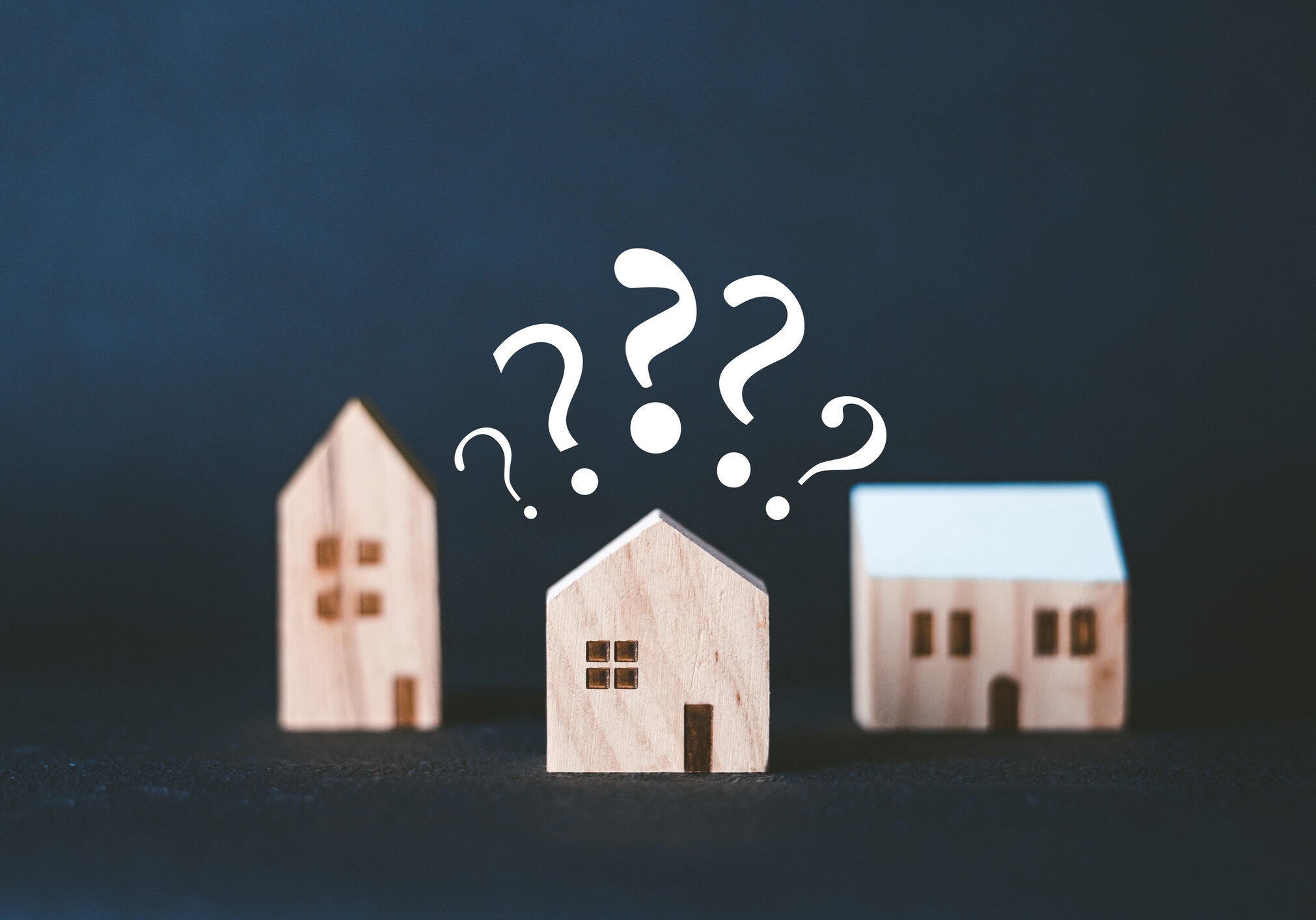A conventional mortgage is a “conforming loan,” which simply means that it meets the requirements for Fannie Mae or Freddie Mac. Fannie Mae and Freddie Mac are government-sponsored enterprises that purchase mortgages from lenders and sell them to investors. This frees up lenders’ funds so they can get more qualified buyers into homes.
One type of common non-conforming mortgage is a jumbo loan, which is a mortgage that exceeds the conforming loan limits. Because there are several different sets of guidelines that fall under the umbrella of “conventional loans,” there’s no single set of requirements for borrowers. However, in general, conforming loans have stricter credit requirements than government-backed loans like FHA loans.
Down Payment for a Conventional Loan
First-time home buyers can get a conventional loan with a down payment as low as 3%. However, the down payment requirement can vary based on your personal situation and the type of loan or property you’re getting:
-
If you’re not a first-time home buyer or making no more than 80% of the median income in your area, the down payment requirement is 5%.
-
If the house you’re buying is not a single-family home (i.e., it has more than one unit), you may need to put down 15%.
-
If you’re buying a second home, you’ll need to put at least 10% down.
-
If you’re getting an adjustable-rate mortgage, the minimum down payment requirement is 5%.
-
If you’re refinancing a conventional loan, you’ll need more than 3% equity.
-
In all cases, you’ll need at least 5% equity.
-
If you’re doing a cash-out refinance, you’ll need to leave at least 20% equity in the home.

Other Requirements for Conventional Loans
Credit score : In most cases, you’ll need a credit score of at least 620 to qualify for a conventional loan. When you apply, your lender will check your credit history to determine if you have good credit. If you don’t, you might not get approved for the loan.
Debt-to-income ratio : Your debt-to-income (DTI) is a percentage that represents how much of your monthly income goes to pay off debts. You can calculate your DTI by adding up the minimum monthly payments on all your debts (like student loans, auto loans and credit cards) and dividing it by your gross monthly income. For most conventional loans, your DTI must be 50% or lower.
Loan size : For a conventional loan, your loan must fall within the loan limits set by Fannie Mae and Freddie Mac. The loan limit changes annually. For 2022, the conforming loan limit for a single-family home is $647,200. There are exceptions, however. Alaska, Hawaii and other high-cost areas of the country have higher loan limits, ranging up to $970,800.






